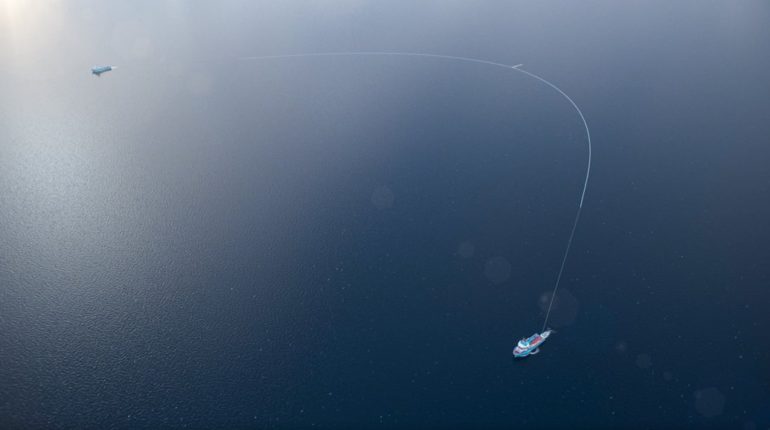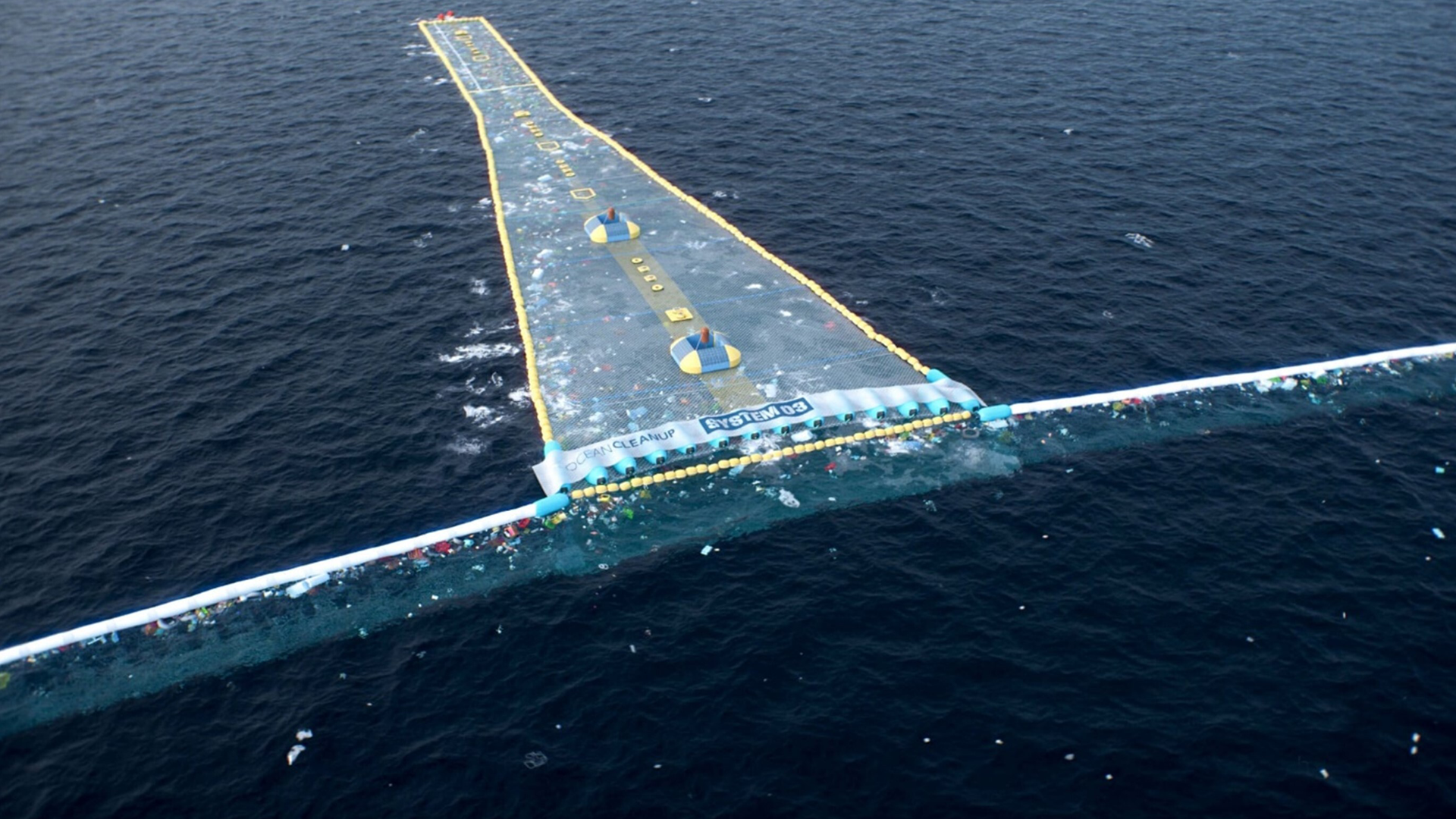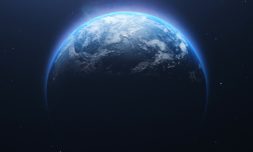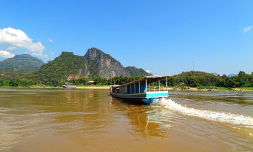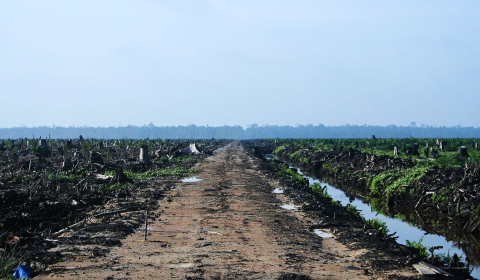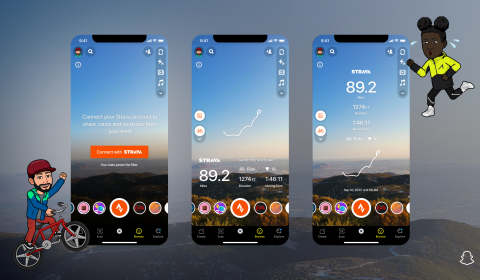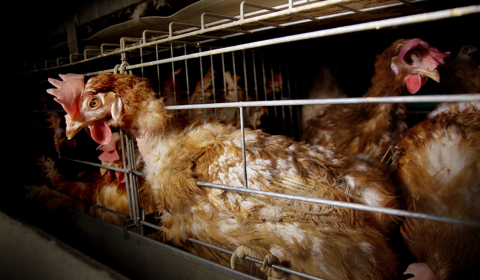After having impressive success with its second plastic-collecting design, the only way is up for the team at The Ocean Cleanup. To rid our ocean of its largest mass of pollution, the organisation is launching its third and most efficient marine clean-up technology to date.
If you’ve visited the Thred website before, chances are you’ve heard us chattering about the Great Pacific Garbage Patch (GPGP).
The GPGP is a gigantic mass of plastic, fishing nets, and other human-made, non-biodegradable debris that spans the ocean between California and Hawaii. It’s total size makes up an estimated 1.6 million km2 across the Pacific Ocean – yes, it’s utterly huge.
Though it was only discovered in 1997, the GPGP has been wreaking havoc on marine animals like whales, dolphins, turtles, manta rays, and other fish for decades. Marine creatures are known to suffocate amidst the mess or accidentally ingest the debris during feeding.
Scientists believe the GPGP started forming in the 70s, when plastic became a household staple around the world. Fast forward to today, and putting a stop to its growth hasn’t been easy, with around 12 million tons of plastic continuing to be dumped in our oceans every year.
A look at samples from the patch suggests that no country can carry the sole blame. Plastic packaging, films, and fishing nets can be traced back to virtually every nation on the planet – hence why no government has stepped up or volunteered to solve the issue.
Enter, The Ocean Cleanup, an organisation that has not only been working to excavate the visible garbage floating on the surface, but also collecting the elusive microplastics that drift several feet below the surface.
